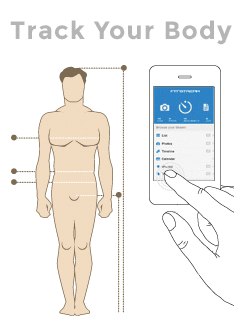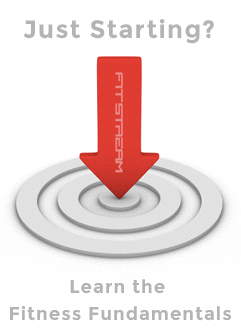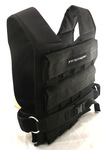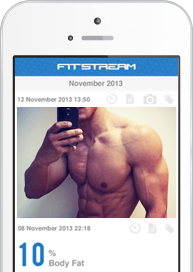Measuring body fat percentage is a key health metric to track and gauges your proportional body weight in fat.
Tracking this metric over time is an excellent progress indicator and more effective than recording bodyweight alone as it shows changes in body composition.
To put this into perspective, consider the common scenario whereby your bodyweight could actually be increasing whilst your body fat remains the same (or even reduces) as you build lean muscle tissue!
Article Contents
- What is body fat percentage?
- Ideal body fat ranges
- How to measure body fat
- Bioelectrical Impedance Analysis
- Anthropometric Methods
- Skinfold Measurement
- Dual energy X-Ray Absorptiometry
- Underwater weighing
- Visual Body Fat Assessment
- Choosing a method of body fat measurement
- How often to take body fat measurements
- Start tracking your body fat percentage today
What is body fat percentage?
You’re made up of organs, muscles, fat, bone, hair and various other little miracles. Body fat percentage is a measure of the percentage of your body weight that is made up of fat.
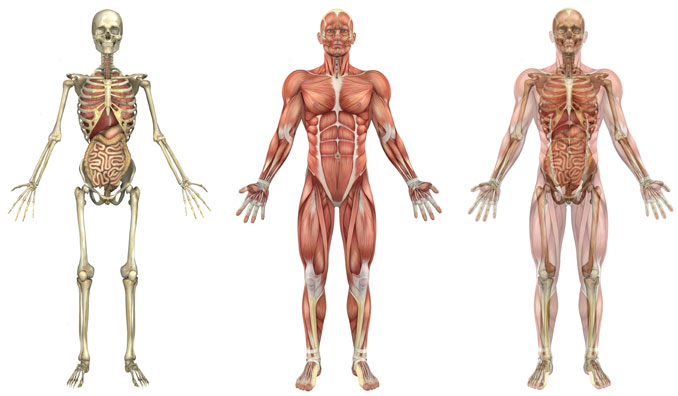
If your body fat percentage is 15% and you weight 200 lbs, this means that approximately 15% of your weight is fat (30 lbs) and the rest is 85% lean body mass or LBM (the general term for everything else!).
Ideal body fat ranges
There is no agreed body fat percentage for everyone, but there are guidelines on various ranges. The table below indicates ranges provided by the American Council on Exercise based upon gender (1).
| Category | Women | Men |
|---|---|---|
| Essential Fat | 10 - 13% | 2 - 5% |
| Athletes | 14 - 20% | 6 - 13% |
| Fitness | 21 - 24% | 14 - 17% |
| Average | 25 - 31% | 18 - 24% |
| Obese | 32% + | 25% + |
Before we now delve into the different methods of measuring body fat and the pros and cons of each, here are some of the most important points to know;
- Pick just one fat testing method and stick with it consistently during your training
- Body fat testing is useful when you're less concerned with absolute accuracy and more focused on consistent measurements and tracking changes over time
- Consistency is key, not just in method of measurement, but also matching the same conditions (time of day, hydration level etc)
How to measure body fat %
Body fat % is a precise empirical measurement and estimating by sight alone is unlikely to be accurate. Be wary of posting pictures and asking for body fat estimates as factors such as lighting, photo angle and water retention can skew results significantly, so expect accuracy to vary in the 5-10% range.
Luckily, there are other methods of measuring body fat and each has various pros and cons and varying degrees of accuracy. A list of the most common methods are shown below;
- Bioelectrical Impedance Analysis
- Anthropometric methods
- Skinfold measurement
- Dual energy X-Ray absorptiometry (DXA Scan)
- Underwater weighing
- Visual Body Fat Assessment
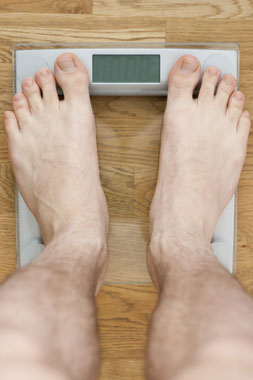 Bioelectrical Impedance Analysis
Bioelectrical Impedance Analysis
Also known as: BIA, Handheld Body Fat Device, Body Fat Scales
The BIA method of body fat measurement usually takes the form of a scale or handheld device. It estimates body fat percentage by running a small electrical current through the body and measuring the resistance level (fat is not as conductive as muscle, therefore the current passes through the body slower the more fat you carry).
Pros
- Very easy to use and low cost of equipment
Cons
- Inconsistent readings and high potential for errors
Bioelectrical impedance is not as accurate as other methods and results can be skewed by factors such as body hydration levels and the algorithms used by the hardware often vary (so don't expect consistent values from different devices).
When used, it's recommended to take measurements at the same time of day, preferably in the morning, before eating.
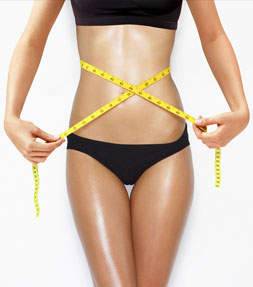 Anthropometric Methods
Anthropometric Methods
Also known as: Measurement Collections, Height and Circumference Methods
Anthropometry translates to "measurement of man", and this method of estimating body fat involves taking measurements of various parts of the body and applying a formula derived from a statistical model to determine your fat percentage.
All that is needed for this method is a body measuring tape and possibly calipers (depending on the particular anthropometric method used). There are various formulas for measurement collection, but the most popular is the US Navy formula which only requires a body tape measure and measurements for the waist, hip and neck.
You combine these measurements with your height and weight information and the formula predicts your body fat percentage. We won't list the formula here as it's quite complex and we'd recommend that you use an online calculator if this is a method you're interested in using.
Pros
- Very easy to measure and calculate and with minimal equipment
Cons
- Accuracy can be skewed by factors such as amount of muscle mass and how you relate to the average population size that was used to determine the statistical model
- Taking body measurements is prone to human error and inconsistencies (see our guide on how to take body measurements)
The main problem with anthropometric models is that to ensure that they can be universally used, they are based upon a broad sample of individuals. Ideally, statistical models should be based on a sample of individuals who more accurately relate to the target user, narrowed down by such factors as age, sex, fitness levels and various other lifestyle factors.
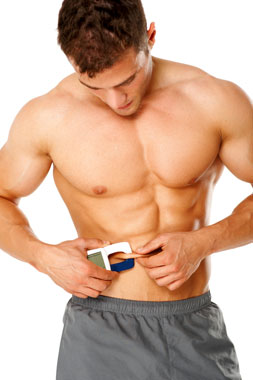 Skinfold Measurement
Skinfold Measurement
Also known as: Skinfold Test, Pinch Test, Caliper method
The skinfold method of body fat measurement requires the use of calipers, which are specially designed equipment for measuring the size of skin folds. A pinch of skin, at various parts of the body is measured using the calipers and the associated measurements are then converted into body fat percentage using an equation.
There are various skinfold formulas that can be used which determines the number and location of measurements that need to be taken. Example methods include:
- Jackson / Pollock (3/4/7 measurement sites)
- Parrillo (9 measurement sites)
- Durnin / Womersley (4 measurement sites)
Pros
- Cheap and easy to find or buy equipment
- When used correctly it offers a good method of measuring body composition changes over time
- As you're measuring multiple points on the body you can gauge where you're losing the weight from
Cons
- Can provide inconsistent results and has relatively high error rate as it's prone to human error and therefore requires expertise to measure effectively
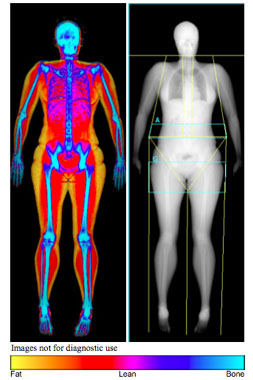 Dual energy X-Ray absorptiometry
Dual energy X-Ray absorptiometry
Also known as: DXA, DEXA Scan
DXA scans are more commonly used to evaluate Bone Mineral Density (BMD), but in recent years have been used to measure body composition and body fat percentage.
DXA scans are an accurate method of determining body composition and measuring body fat %. Essentially, the body is x-rayed and the resultant scan not only shows you the amount of fat mass, but where it’s stored.
Pros
- Accurate measurements
- Visual output showing fat deposits
Cons
- DXA scans can be expensive reducing their practicality
DXA scans are often used by those who are at a low body fat level and would like to know a precise measurement.
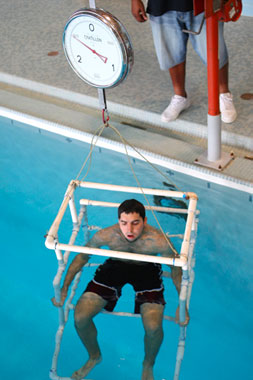 Underwater Weighing
Underwater Weighing
Also known as: Hydrostatic Weighing, Underwater Density Test
Hydrostatic testing works by completely submerging participants in a tank of water and calculating water weight vs land weight based on buoyancy (muscle is more dense than fat).
Pros
- Moderately accurate
Cons
- Accuracy can vary between measurements (has been shown to be similar to BIA (2), although BIA is less expensive to undertake)
- Results can be skewed by air and gas placement in the body
- Can be expensive
Visual Body Fat Assessment
Also known as: VBFA
Visual Body Fat Assessment involves estimating body fat of an individual from photos or direct observation. Measurements are based on previous experience and photographic references.
Pros
- Very easy to do and no cost
Cons
- Estimate is in the eye of the beholder and can vary between observers
Accurate VBFA requires an experienced practitioner, well researched in body composition and with prior experience using other Body Fat measurement techniques. It is not something that can be relied upon be reliably estimated by the layman.
Choosing a method of body fat measurement
When choosing how to measure body fat the question is mainly one of convenience vs accuracy and making the appropriate tradeoffs.
The general consensus is that beyond taking an inconvenient autopsy, the DXA scan is most accurate, although not practical for regular use due to cost and limited availability of the service. For consistent use, we would recommend the BIA method. Whilst short term readings may be inconsistent, the BIA will be a good indicator of progress over the long term.
In addition to directly measuring your body fat we would recommend documenting your body changes with regular progress pictures so that you can actually see the changes taking place in your body, which can be a huge motivator.
Whatever method of body fat measurement you choose the key factor is to ensure consistency, both in method used, and time of day that the measurement is taken. A consistent method gives you an indicator of progress by monitoring changes over time.
How often to take body fat measurements
There are no hard and fast rules on how often to measure body fat. We recommend waiting to test until you think that a change has taken place in your body, or that you’ve gained muscle, or lost fat.
Typically we’d recommend measuring your body fat levels every 2-4 weeks, taking a three-day BIA reading first thing in the morning and recording your average value.
Start tracking your body fat percentage today
![]() At Fitstream we’re big fans of progress tracking and monitoring body metrics. It helps with motivation, encourages accountability and establishes focus on performance and results.
At Fitstream we’re big fans of progress tracking and monitoring body metrics. It helps with motivation, encourages accountability and establishes focus on performance and results.
You can use Fitstream to track your body fat percentage over time and monitor changes in your body with body photographs. Check out our free body tracking app now or find out more about our progress tracking system.
If you’re looking to lose weight but don’t know where to start, we’ve written these articles for beginners; guide to weight loss and beginner’s guide to fitness.
References:
- URL: http://www.acefitness.org/acefit/healthy_living_tools_content.aspx?id=2 Date: 28.Dec.2013
- URL: http://www.ncbi.nlm.nih.gov/pubmed/19219400 Date: 28.Dec.2013

